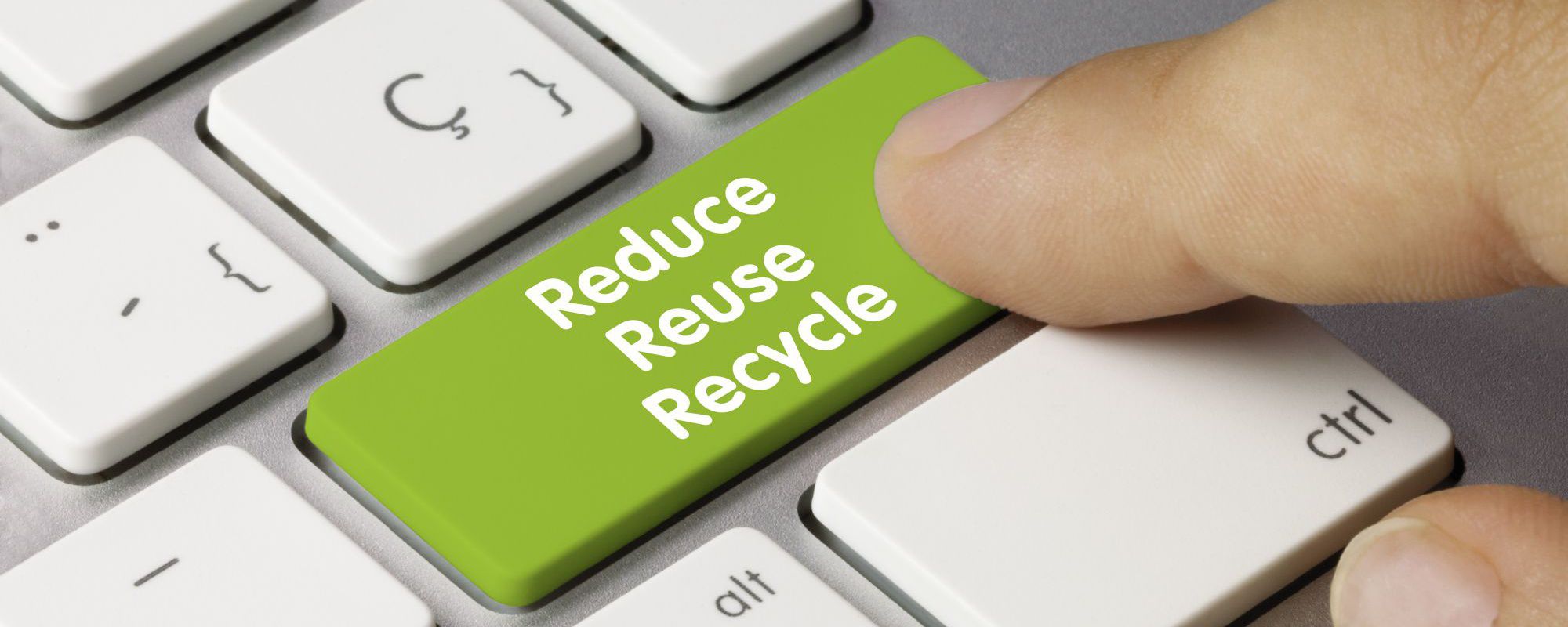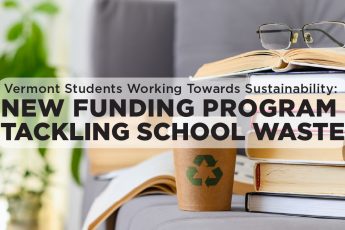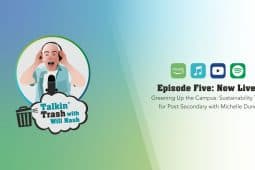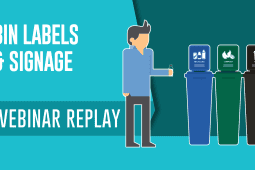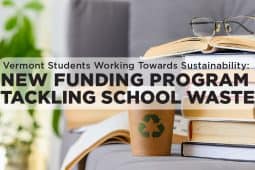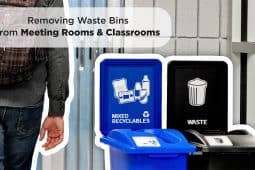Recycling Timeline – The Past Vs. The Present
In A Brief Timeline of the History of Recycling, we took a trip back in time to the beginnings of recycling starting in Athens in 500 BC. A lot has changed over the past 2500 or so years and we figured it might be interesting to look at the places that birthed the concept of Recycling and Waste Management and see how they’re faring in the modern-day Recycling and Waste Industry.
Athens
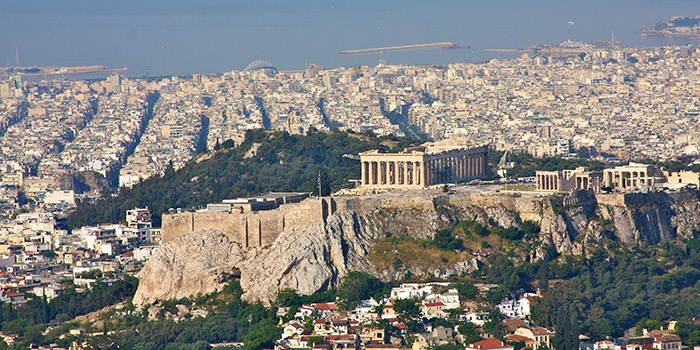

The city organized the first ever municipal dump program in the western world way back in 500 BC. Laws we enacted to ensure that waste needed to be disposed of at least one mile away from city walls.

Recycling eventually made its way to the city and now there are over 4,000 blue recycling bins located all over Athens and its municipality. Some of the streams collected include plastic bottles, glass bottles, metal containers, paper packaging and special waste such as mobile telephones and batteries.
There are 30 integrated recycling centers located all over the city that reward individuals that recycle with discount coupons or by giving them the option of donating the monetary value of their materials to charity.
Biodegradable urban waste has also been addressed by the city and a goal has been set to reduce food waste by 65% by 2020. Athens has lofty goals for sustainability but due to the economic trouble that has plagued the country over the past few years, Greece’s current recycling rate is currently sitting at only 16%.
Japan
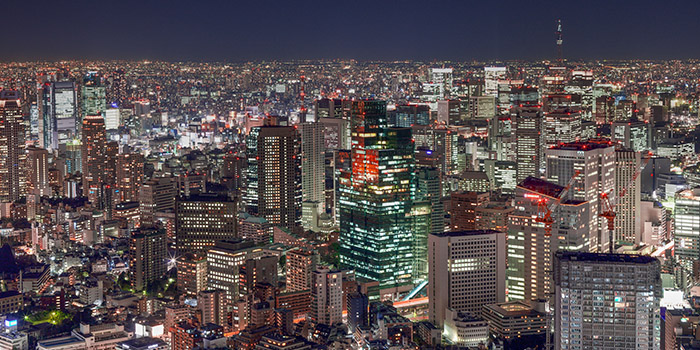

Japan begins the first ever recorded reuse of waste paper in 1031 AD. All documents and paper are recycled and re-pulped into new paper then sold in local staples across the country at the local mom and pop shops.

Japan has nearly 130 million people sharing a piece of land the roughly the same size of the state of Montana. This population density means there simply isn’t enough space for landfills in Japan. This is the reason recycling and waste collection in the country is fairly comprehensive. The amount of trash produced per person per year in Japan is estimated to be 875 lbs, nearly half the average American.
Depending on the municipality, there could be up to 12 streams collected on varying days including newspaper, cardboard, milk cartons, books, and magazines, other “mixed” paper, rags, cans, bottles, PET bottles, other plastic, etc. Whatever doesn’t fit into these categories is separated into burnable or non-burnable (a majority of waste is burned because there simply isn’t enough space for landfills).
Japan has a fondness for packaging which can be a little excessive individually wrapping products that don’t really need it (bananas, corn on the cob, oranges), but to combat this many stores have recycling bins located at cash registers so people can discard of the excessive packaging before they take it home.
Fun Fact: “Mottainai” is a Japanese term used to convey a sense of regret wasting something that could have been useful and “bunbetsu” describes the separation of rubbish when recycling.
Philadelphia


The recycled paper manufacturing process was introduced in 1690. The Rittenhouse Mill near Philadelphia began making paper from fiber derived from recycled cotton and linen rags.

During the 2014 fiscal year, a record-breaking 127,700 tons of recyclable material was collected from the residents of Philadelphia.
The city also instated, in association with Recyclebank, the Philadelphia Recycling Rewards program. By registering for the program, residents receive a sticker to put on their blue bins which can be scanned to collect points only if they are recycling properly, users can then redeem points for magazine subscriptions, gift cards, discounts, soaps, gadgets, and more.
Pennsylvania, Philly’s home state, has also made leaps and bounds with their recycling initiatives. According to a study by the Pennsylvania Waste Industries Association (PWIA), there was a 22% increase in the collection of recyclable material for the state in the last five years, jumping from 4.8 million to 5.85 million tons. The combined activities of collection, disposal and recycling contribute $4.2 billion annually to the state’s economy. Keep up the good work you fine folks of the Keystone State!
London
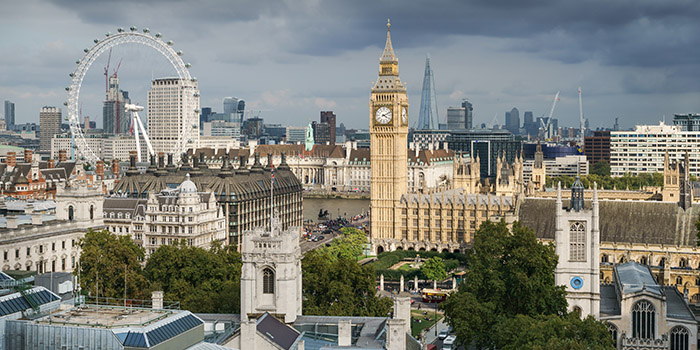

The Salvation Army was founded in London, England in 1865 and begins collecting, sorting, and recycling unwanted goods.
The Household Salvage Brigades employed the unskilled poor to recover discarded materials. The organization and its program migrated to the United States in the 1890s.

London currently produces 17 million tons of waste annually, roughly 3 million of that consists of household waste. Up until 2001, there was barely any curbside collection of household recyclables in all of England. Things began to look up and curbside collection became available all over the UK including its capital, and within the decade recycling rates increased by 235%…yes you read that correctly!
In 2001, the percentage of household waste that was collected and recycled in London was in the single digits. Within five years, the number jumped to 18% and now nearly a decade later it sits at 39%, just shy of the national average of 43%.
As for the Salvation Army, the group who first brought the concept of Recycling to London, now can be found all over the world and are particularly well known in Canada and Australia for their thrift stores. The Salvation Army Thrift Stores accept donations of slightly used furniture and clothing (go reuse!), then use the profits from these stores to support those in need, all while keeping unwanted furniture and clothing out of landfills.
New York City
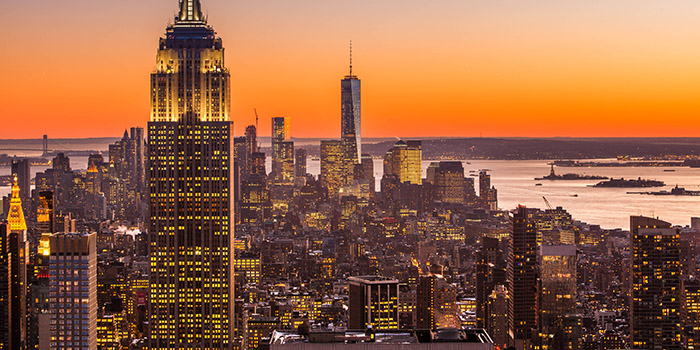

The Big Apple opens a materials recovery facility in 1897 where trash is sorted at “picking yards” and separated into various grades of paper, metals, and carpet. Burlap bags, twine, rubber, and even horse hair are also sorted for recycling and reuse.

With a population of nearly 8.5 million people producing 12,000 tons of waste every day, New York City’s sanitation department has a lot of collecting to do. One of the interesting things about NYC is that with all the waste being generated daily, the city doesn’t actually have any landfills or incinerators.
Approximately 76% of the Big Apple’s non-recyclable waste is sent to landfills in states like Virginia, Ohio, and Pennsylvania while much of Manhattan’s waste is burned in incinerators in New Jersey. It’s estimated that garbage trucks delivering Manhattan’s waste travel 7.8 million miles a year, enough to circle the world 3 times!

The current recycling rate for the city is 17%, but there are non-profits that are doing their part to help the residents of New York City recycle more. GrowNYC is one such organization that offers a variety of environmental programs and resources to help create a better environment New York City and it, residents.
GrowNYC’s Office of Recycling Outreach and Education has actually designated a Recycling Outreach Coordinator to each borough who help superintendents and apartment dwellers identify recycling challenges and put on workshops as well as community events to help educate and overcome barriers to recycling. The non-profit also offers special collection programs for textiles, electronics, and organic waste.
As you can see above, we’ve come a long way when it comes to recycling and waste management. There is still more work to be done, more barriers to overcome, habits that need changing and processes that need to be perfected but considering the progress humanity has made so far, I think we have it in us.
Sources
https://www.cityofathens.gr/en/recycling-0
http://www.philadelphiastreets.com/recycling/
http://www.wastedive.com/news/pennsylvanias-recycling-rate-up-22-in-five-years-study/409655/

